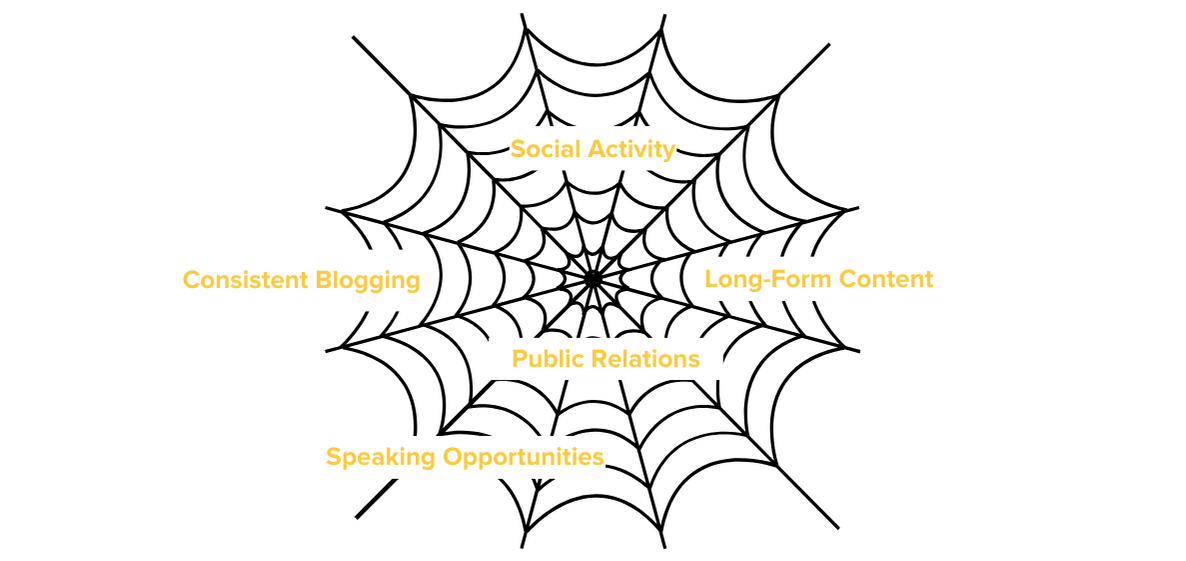Your SEO Strategy Is Now Obsolete: What Google AI Mode Means for Product Marketing
TL;DR
Google’s new AI Mode is a major shift in how search works. Instead of just showing a list of links, it generates personalized answers based on your entire digital footprint — your searches, Gmail, YouTube habits, shopping behavior, calendar events, and more.
“Wait — hasn’t Google always personalized search?”
✅ True — Google has long considered your location, browsing history, and even your device type.
❌ But AI Mode is different. It’s not just re-ranking results — it’s generating new, personalized answers based on your entire digital footprint: what’s in your Gmail, your calendar, YouTube viewing habits, shopping behavior, and even your emotional tone based on recent searches.
This marks a fundamental shift for product marketers. Your buyer’s journey is no longer shaped by what they search for — it’s shaped by who they are, what they’ve done, and how they feel.
👉 If you’re still optimizing for keywords alone, you’re behind. You now need to optimize for intent, behavior, and trust.
What Is “AI Mode”?
Google’s AI Mode is an evolution of search — from passive lookup to proactive life assistant.
It creates fully personalized, AI-generated responses based on:
Past searches
Gmail content and calendar events
YouTube watch history
Shopping and Maps activity
Context like time, location, and mood
It’s not just showing web links. It’s summarizing answers, comparing options, and even suggesting what to do next — all before the user finishes typing.
And critically: two people searching the same thing will get very different results.
Why Product Marketers Should Care
Here’s why this matters to us:
1. Search Visibility Is Now Personal
Your brand might not show up — not because your SEO is bad — but because the user hasn't engaged with you before
🎯 Takeaway: You’re not just competing for clicks. You’re competing for personal relevance
2. The Funnel Is Now A Web
People don’t go from awareness → consideration → purchase in a straight line anymore. Google AI Mode delivers results that match the user’s current mood, not their funnel stage. It might recommend your product during a research phase — or not at all if your content doesn’t align with the user’s emotional state or behavior.
🎯 Takeaway: You need “Swiss army knife” content that serves different intents at once — answer questions, inspire confidence, and drive action.
3. Emotion Now Drives Discovery
Search queries like “Why do I feel stuck in my job?” or “How do I make a bigger impact at work?” can surface business tools, career resources — even B2B solutions — if they match the mood and context.
🎯 Takeaway: Product messaging must speak to feelings, not just features.
4. Google Is Suggesting The Journey Now
AI Mode proposes follow-up questions and alternative paths. That means your content needs to fit into a conversation, not just answer a single query.
🎯 Takeaway: Your value prop should be tight enough to land in a one-line summary — and rich enough to support deeper exploration.
PMM Playbook: How to Pivot for AI-Mode
Here’s a practical checklist to help you shift your strategy:
✅ Re-Think Content For Personalization
Use emotionally-resonant headlines and intros (“Drowning in disconnected tools?”)
Break content into modular chunks that can be surfaced independently
Include visual summaries, FAQs, and clear CTAs in one asset
✅ Build Multi-Touch Brand Trust
Repurpose content for YouTube Shorts, Reddit, TikTok, podcasts — wherever your audience browses
Encourage user reviews, LinkedIn posts, and peer validation to strengthen brand authority
Partner with credible voices or adjacent brands for reach and trust transfer
✅ Focus On Behavioral SEO (Not Just Keywords)
Map content to real buyer behaviors, not just generic phrases (e.g. “How do I explain this to my CFO?” > “Benefits of EA tools”)
Use GA4, Hotjar, or FullStory to trace actual decision paths
Feed structured data (schema.org) to Google so your product is AI-readable
✅ Make First-Party Data Work Harder
Segment nurture content by job role, emotional state, or search behavior
Trigger follow-ups based on on-site engagement or download patterns
Share behavioral signals with sales to personalize outreach
✅ Collaborate Closely With SEO & Content
Define new KPIs: intent match, engagement depth, revisit rate
Align content planning around “life moments”, not just funnel stages
Run quarterly content workshops to update evergreen assets for AI Mode relevance
Call to Action for PMMs
This isn’t a tweak to your search strategy — it’s a shift in how people discover, evaluate, and trust your brand.
📍Start today:
Audit your core pages for clarity, emotion, and multi-intent value
Create snackable, structured content your AI-assisted buyer will see first
Rethink your content calendar around behavioral triggers, not product features
In AI Mode, Google isn’t just ranking your content — it’s summarizing your story.
Will your brand make the cut?
Final Thoughts
This change isn’t just algorithmic — it’s human.
Buyers don’t just want pages; they want answers, guidance, and confidence.
As product marketers, we need to meet them where they are: in their inboxes, their feeds, their questions — and now, in their AI-curated search results.
Let’s build content that listens before it speaks.
Need help adapting your messaging for AI-powered discovery? Reach out or connect with me on LinkedIn.
Sources:
https://blog.google/products/ads-commerce/google-search-ai-brand-discovery/
https://riseatseven.com/blog/ai-mode-google-guide-what-your-c-suite-needs-to-know/
https://bgr.com/tech/googles-new-ai-mode-is-the-only-way-im-shopping-from-now-on/
https://blog.google/products/search/google-search-ai-mode-update/




